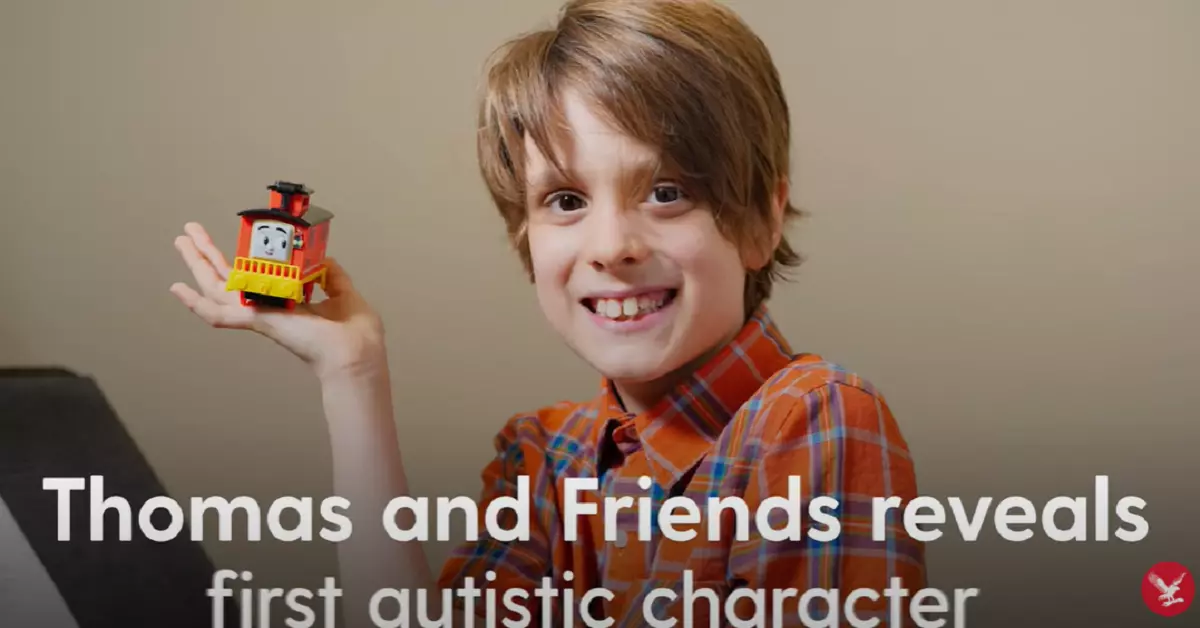Unveiling the Complexity of Autism_ Understanding and Embracing Neurodiversity

Autism Spectrum Disorder (ASD) is a complex developmental condition that involves persistent challenges in social interaction, speech, nonverbal communication, and restricted or repetitive behaviors. The term “spectrum” reflects the wide variation in challenges and strengths possessed by each person with autism. While many perceive ASD as a disorder or disability, there is a growing movement to view it from a perspective of “neurodiversity,” embracing different styles of neurological functioning as part of human diversity. This article dives deep into understanding the complexity of autism and adopting the concept of neurodiversity.
Understanding Autism: Moving Beyond Stereotypes

Contrary to popular belief, autism is not a disease to be cured but a different way of experiencing the world. It is often associated with stereotypes and misconceptions that engender stigma, fuel prejudice, and hinder progress in research and policy-making. While it is true that autism can come with challenges in social interaction and communication, those living with ASD can also possess exceptional strengths, such as attention to detail, creativity, and the ability to perceive patterns.
The importance of debunking these stereotypes lies in shaping a more accurate representation of what autism truly entails. This opens avenues for a more inclusive world where the unique qualities of individuals with ASD are recognized and embraced. One commendable effort in this regard is the increasing number of platforms offering autism certification online, encouraging accessibility and promotion of factual knowledge about autism.
Embracing Autistic Individuals: Inclusion and Acceptance
Just as it’s important to understand autism, it’s equally imperative to practice inclusion and acceptance of individuals with ASD. People with autism have the potential to excel, given the right opportunities and supportive environments. They can make substantial contributions to society, especially in areas where their unique strengths are most valued.
Public awareness campaigns and media such as Bruno Thomas and Friends aim to spread joy and raise knowledge about autism through their music and performances. These platforms nurture a sense of normalcy and acceptance, celebrating autism as a variation of the human experience, as opposed to a condition that needs to be “fixed.”
Autism acceptance means embracing and appreciating the differences rather than focusing on the challenges. It entails fostering an environment where each individual feels validated, valued, and included. This is done by leveling the playing fields, adjusting societal structures and attitudes, and offering those with ASD the respect, recognition, and support they deserve.
The Neurodiversity Movement: A Paradigm Shift
The neurodiversity movement provides a welcome shift in perspective, promoting understanding, acceptance, and positivity toward neurological differences. It extends beyond autism to include other conditions like ADHD, dyslexia, and Tourette’s Syndrome. According to this paradigm, neurodivergent individuals are not broken or incomplete versions of “normal”; instead, their unique neurology is part of the diverse human experience.
This framework champions the rights of neurodivergent individuals, advocating for inclusion and adaptation rather than conformity and normalization. It emphasizes leveraging the strengths and abilities of each individual, advocating for understanding over stigma, acceptance over intolerance, and equality over discrimination.
Seeing Beyond the Spectrum: The Way Forward

Moving forward, there are a lot of promising prospects for those living with autism. Technological advancements are creating new tools for communication and learning, and society is gradually shifting towards more inclusive policies and practices. The acceptance and celebrations of neurodiversity are growing, and the term “neurotypical” is slowly rendered obsolete.
Developing a comprehensive understanding of autism is the cornerstone of fostering an inclusive society. It’s crucial to embrace differences and challenge stereotypes, paving the way for acceptance and inclusion.
Altogether, autism, framed within the context of neurodiversity, provides a refreshing perspective on understanding and accepting neurological differences. It recognizes the right to be different and upholds the value of these differences, paving the way for a more inclusive and accepting society.